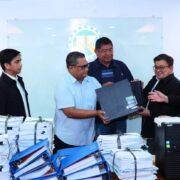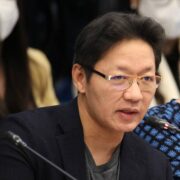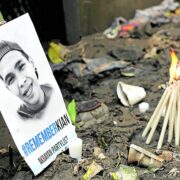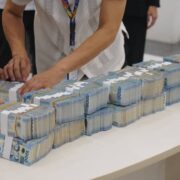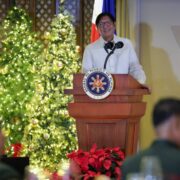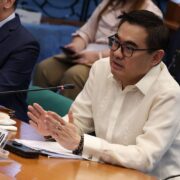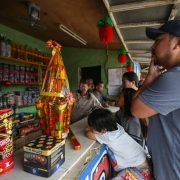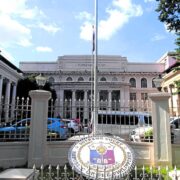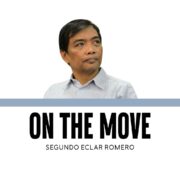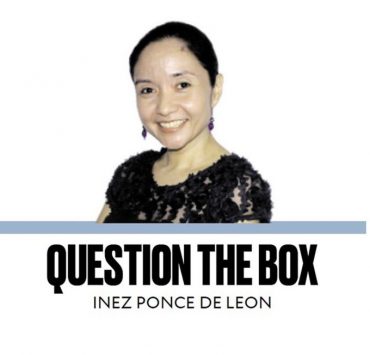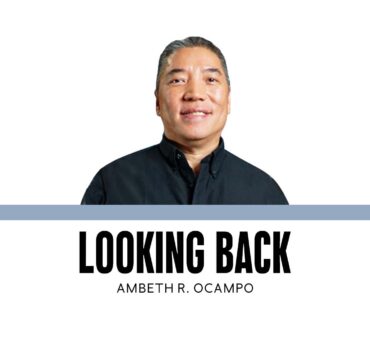Green guilt
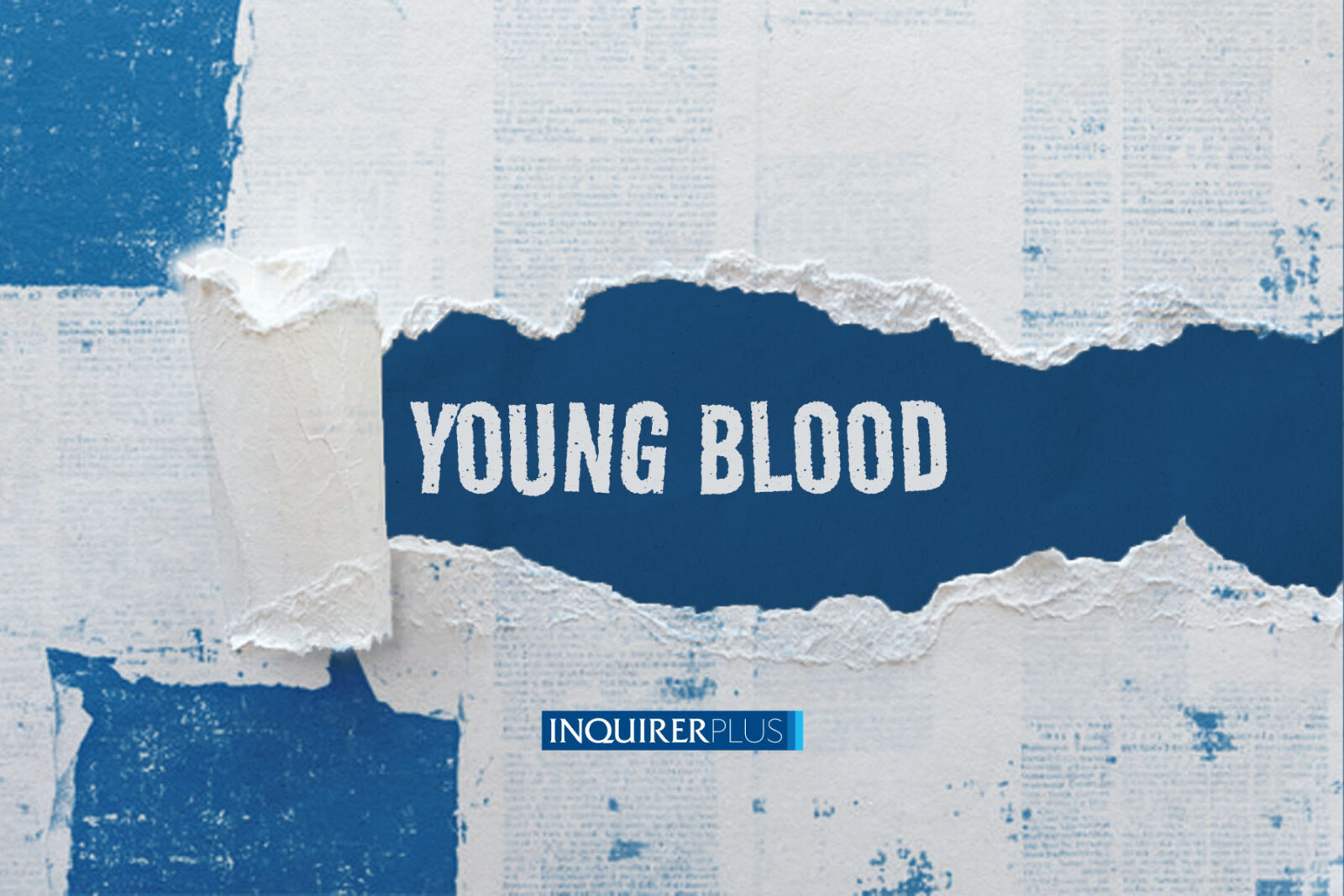
I was 17 when I first downloaded the Carousell app, a buy-and-sell marketplace platform that I have used since then to declutter old items and gain extra money to add to my student allowance. For almost two years now, it has been a small stream of sustainable income. Decluttering my closet used to seem like a step closer to solving the waste management problem in the Philippines, or at least lending a helping hand.
Looking at my closet today would not classify myself as a shopaholic because most of the things I own are hand-me-downs or gifts. I think all of this is mainly because I don’t have the kind of money to make shopping a sport, much less a hobby. However, this was luckily supplemented by my family’s hand-me-down tradition. From clothing to gadgets and accessories, I never experienced a shortage of supply for my wants and needs. There was always an item waiting to be passed down.
One man’s trash is indeed another man’s treasure.
I recall bright summer days of going through my grandmother’s closet and being awed by the colorful selection of linen and cotton inside. As a kid, I looked forward to the age I am today because that meant I could finally fit into their clothes and, at last, share their history. It warms my heart to think of all the places and faces these pieces of clothing have met and how, because of enough care, they have the chance to live on through me today.
Anything I didn’t want to keep, I also passed down to my cousins and siblings, but recently, I found another way of giving these clothes another life. Aside from selling them on Carousell, I created a nonprofit organization called Banaag in the summer of 2024, which aims to foster sustainable giving among the Filipino youth. Second-hand items from peers and donors were collated to give them a new life, not just to the people who have the money to purchase them, but also for charitable causes. In a short time, we were able to produce three projects catered to donating used items to charities like orphanages and a home for the aged, with the help of outside donations and items from my house.
Of course, my Carousell account did not stop there. Slowly, it became a summer tradition to attempt to declutter our house, not just to sell and donate, but to lighten the load of the forest we lived in. I have spent two summers in this pursuit, but no matter how much time these vacations allotted, I could never seem to finish the job, not because I wasn’t determined enough, but because unused goods seemed to never run out.
When I started selling and donating things, I feared for the end of the clutter as much as I looked forward to it, because running out of things to sell and donate could mean the end of my Carousell account and Banaag. What would I do then? These worries persisted until I realized there was no end; my family was living in an endless loop of consumption, propagated not only by items from various family members but by me as well. I had to reexamine my claim of sustainable living and income to further strengthen the effectiveness and veracity of my objectives.
Over the years, there has been a growing number of platforms and shops that sell second-hand items, while factories never paused producing material goods, meaning second-hand items don’t replace production; they exist alongside it.
How could my income be sustainable if I sold items to buy more? It defeated the purpose of sustainability. In theory, it was nice to think that unused items in our house have found new homes and extended life spans, but what comes after is the most important part of the advocacy. I was living in a resale consumerism loop, genuinely trapped under the illusion that I was helping the environment. I mistook sustainability for disposability. It was time to stop washing my hands and acknowledge that they were as dirty as the people, companies, and practices I called out.
The truth was that having a Carousell account or a nonprofit isn’t even equivalent to a mere step toward the “greener Philippines” I aimed to help achieve. The complex environmental problem in the Philippines is less likely to be understood through statistics and graphs when the problem is within the people. It was futile to attempt to foster change in society when I am a culprit of the advocacy that I fight for.
It is not enough to read, write, and fight for it; all this is performative when change doesn’t start from within and pauses when it isn’t documented. Consumerism, waste management, and climate change are tied in a hefty knot with the environmental issues the Philippines faces as a country. Most people do not want to be part of the solution when they aren’t affected by the problem. But in this case, we all are; the consequences and effects just don’t catch up to each sector of society at the same tangible speed. But one day it will.
—————-
Mikaela Villacorta, 19, is a journalism student at the University of Santo Tomas.


